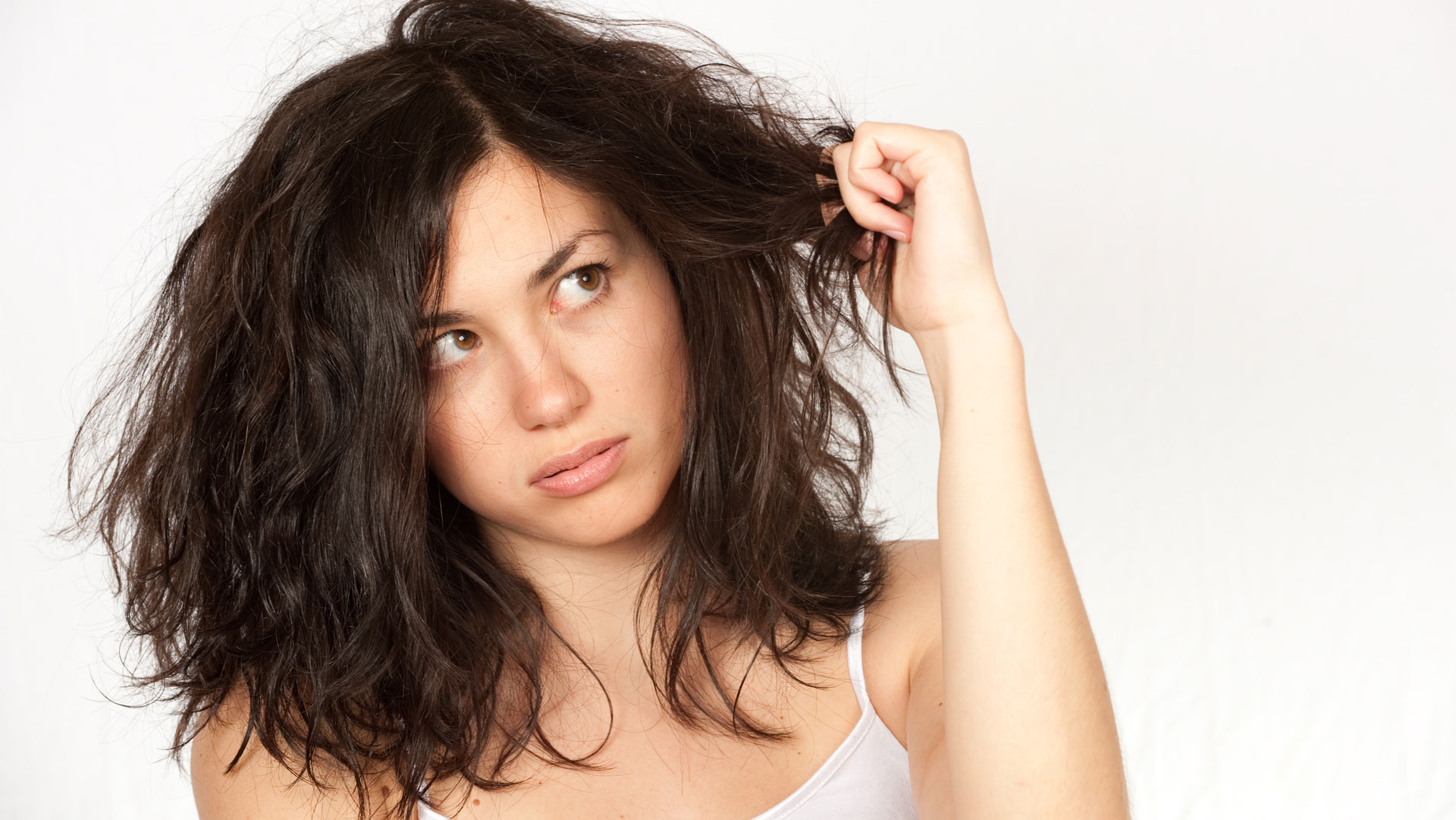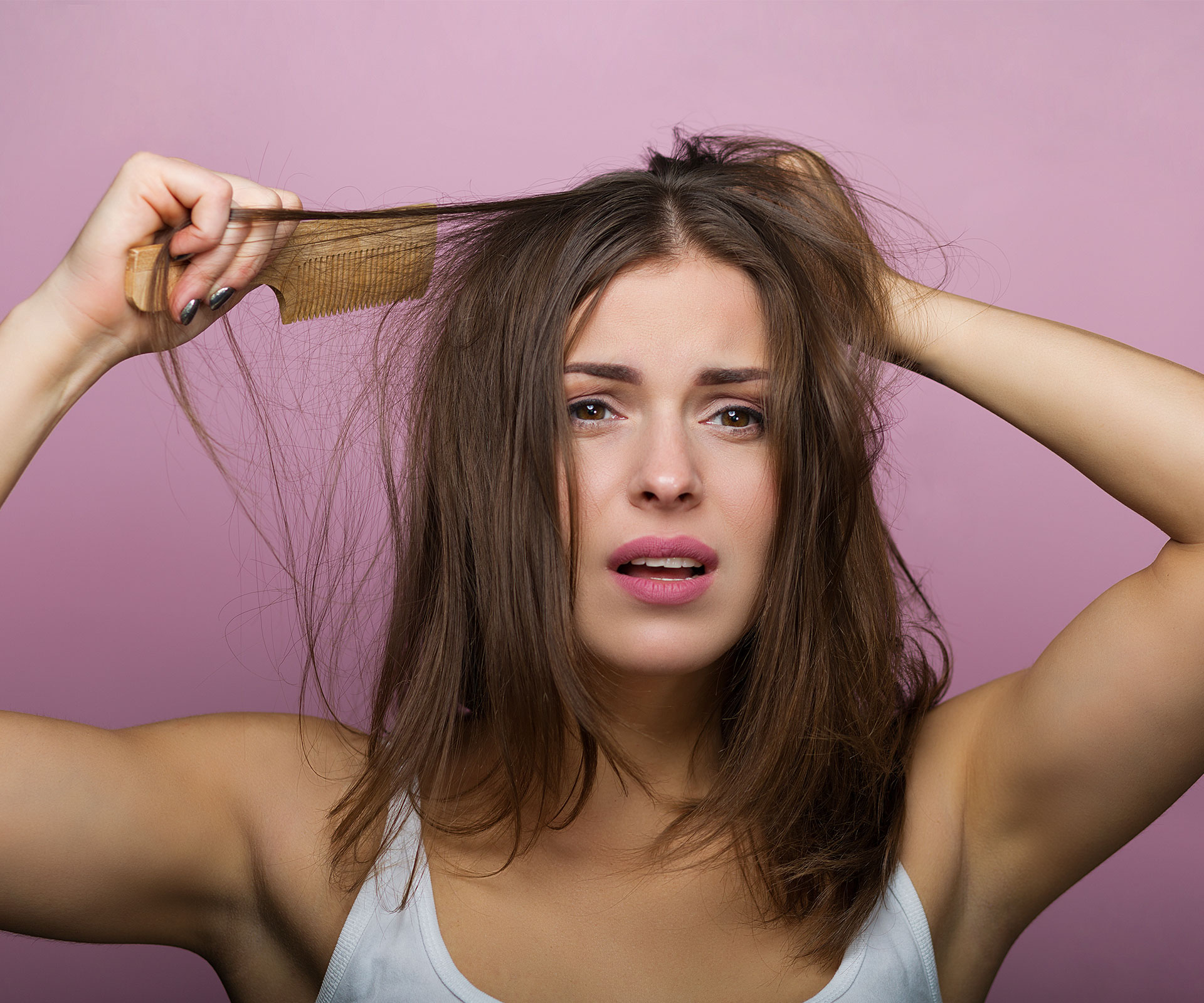If you think your hair is falling out you are not alone. One in three women notice hair thinning or loss after the age of 30 and while it is normal for us to lose some hair, how much is too much, and what can we do about it?
WHAT IS NORMAL?
As part of our normal hair life cycle, we constantly lose about 10 per cent of our strands (around 100 hairs) every single day. If you are losing a whole lot more than that, it could be due to a condition called female pattern hair loss. Unlike short-term hair loss that may be triggered by pregnancy, hormonal imbalance, a change in diet or stress and can grow back over time, female pattern hair loss does not improve without treatment.
WHAT CAUSES FEMALE PATTERN HAIR LOSS?
Most commonly it’s genetics. “By far the majority of female pattern hair loss is caused by a hereditary condition so nothing to do with your diet, hormones, or lack of vitamins” explains Dermatologist Dr Eleni Yiasemides. But that doesn’t mean you will inherit it just because your mum’s hair thinned. “You can’t really tell by what your family has because there is a variety of genes from both your father’s side as well as your mother’s” says Dr Eleni. “It’s basically just a lottery.”
WHEN CAN IT HAPPEN?
Although Dr Eleni has patients in their 20’s and 30’s, she says it is more common to see female pattern hair loss around the time of menopause. Common signs are seeing more hair in your brush and in the shower, needing to do a couple of extra loops with hair ties, a widening part and more visible scalp. “It’s more obvious on brunettes than blondes” says Dr Eleni. If you’re unsure, seek medical advice. “When I see a patient with female pattern hair loss I use a special device like a hand held microscope and what I would expect to see is not only less hair on the scalp but also what we call miniaturized hair which is thinner in diameter, like baby hair.”
WHAT CAN BE DONE?
Dr Eleni says that for most women female pattern hair loss starts off very slow and gradually gets worse over a long period of time but the most important thing is to get onto a topical treatment as soon as possible. “We know that with any sort of hair loss, the sooner you get onto the treatment, the more hair you can retain,” explains Dr. “It’s a lot easier to retain the hair than it is to actually grow new hair.” In more severe situations, Dr Eleni says oral medication may be required.

3 ways to boost thinning hair
1.) Medicated foam
Specifically designed for women experiencing hereditary hair loss, Regaine Foam, $85.99 (for a two-month supply), reactivates hair follicles and stimulates hair regrowth. Use it once a day, every day.
2.) Styling products
Expanding each individual hair shaft temporarily with Moroccanoil Thickening Lotion, $53, will give the illusion of an overall, fuller head of hair. Just smooth it through damp hair from root-to-tip and style as usual. Alternatively, powders sprinkled onto your root area give a great lift but can be messy which is why we love the new fluid version of KMS ADDVOLUME Liquid Dust, $34.
3.) Tools
Create extra lift with some gentle teasing at the roots with VIA Natural Boar Rosewood Teasing Brush, $14.99. Then, use Remington Silk Ceramic Ultra Straightener, $199.99 set at 150C, to clamp on top of the same section of hair for a few seconds to give a smoother and longer-lasting effect.
Need To Know:
As a general rule, lighter hair colours give the illusion of thicker hair whereas darker ‘blocks’ of colour tend to make hair look flatter. Talk to your stylist about using highlights and lowlights or balyage colour techniques to give the illusion of thicker hair. On shorter hair styles, fringes can help to disguise thinning hair at the front.


